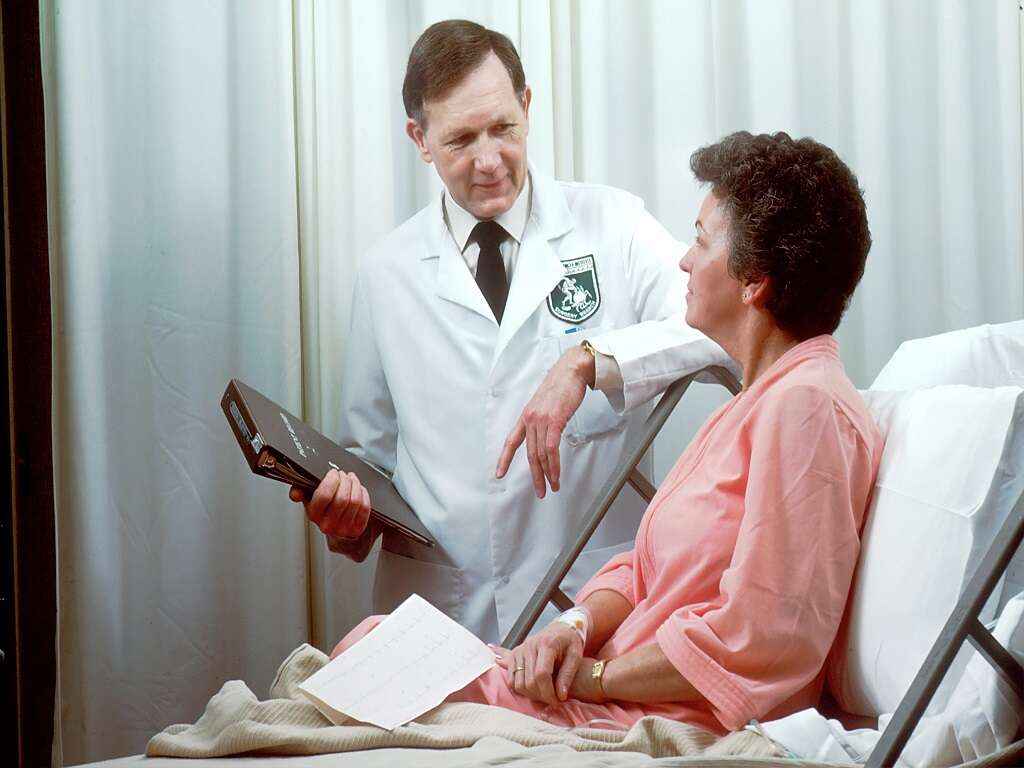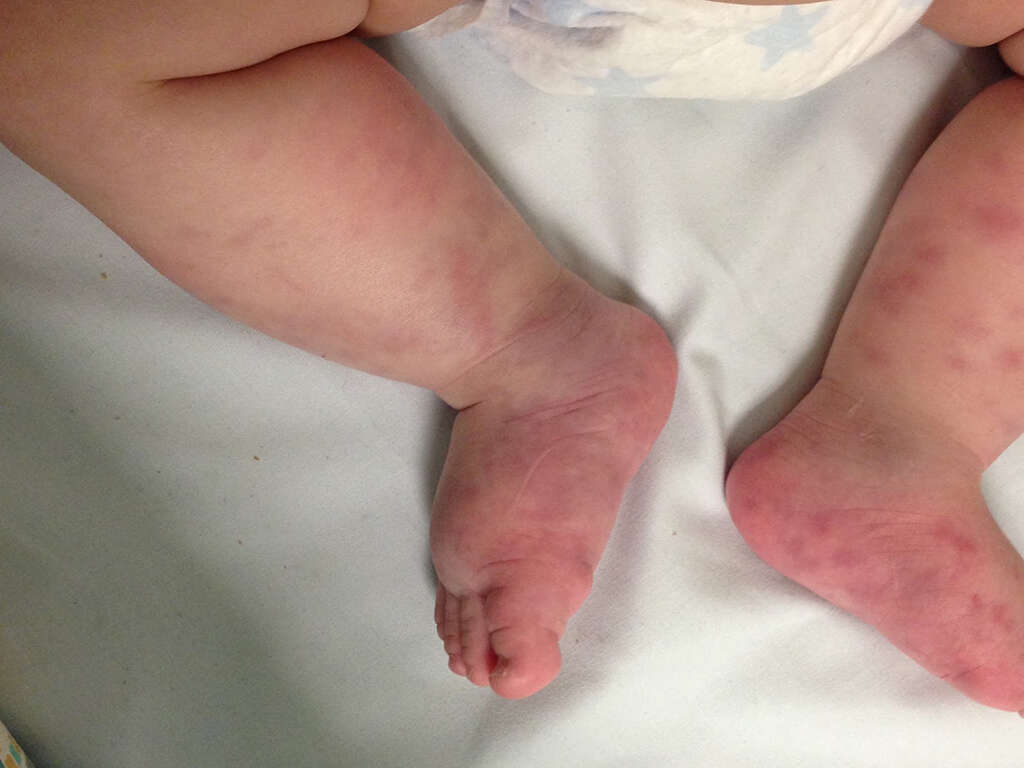What Is Purpura?
It is not uncommon to get blemishes on our skin as we get older. It is a part of life and it is not usually something to be concerned about. They can be caused by various things including bumps and knocks, while they can also be caused by some medical conditions.
An example of blemishes caused by medical conditions is purpura. It results in small blemishes on the skin, and it can be experienced by people of all ages. Purpura is not usually a dangerous condition but it is still something that should be checked out to be on the safe side.
1. Capillaries
Blood is transported around our bodies in an extensive network of blood vessels. As the network spreads throughout the body, so it branches out into increasingly smaller blood vessels much like the branches of a tree. The smallest of these blood vessels are known as capillaries.
As you might expect, the walls of these blood vessels are very thin. In fact, they are so thin in some parts that blood cells can pass through them so the muscles and other tissue can be supplied with oxygen and nutrients. That the walls of these vessels are thin also means they can break easily, and this can lead to conditions like purpura.
2. Purpura
When blood does leak out from burst capillaries, it will collect inside the patient’s body. If this happens close to the surface, then the blood will be visible, resulting in what is commonly known as a bruise. It can also result in a condition known as purpura.
Purpura is small red/purple colored spots on the skin, and it is caused by blood leaking out from the blood vessels. The condition is harmless in itself, but it will sometimes be a symptom of a potentially serious underlying cause. It will often occur in small spots, while it will also sometimes form in large patches.
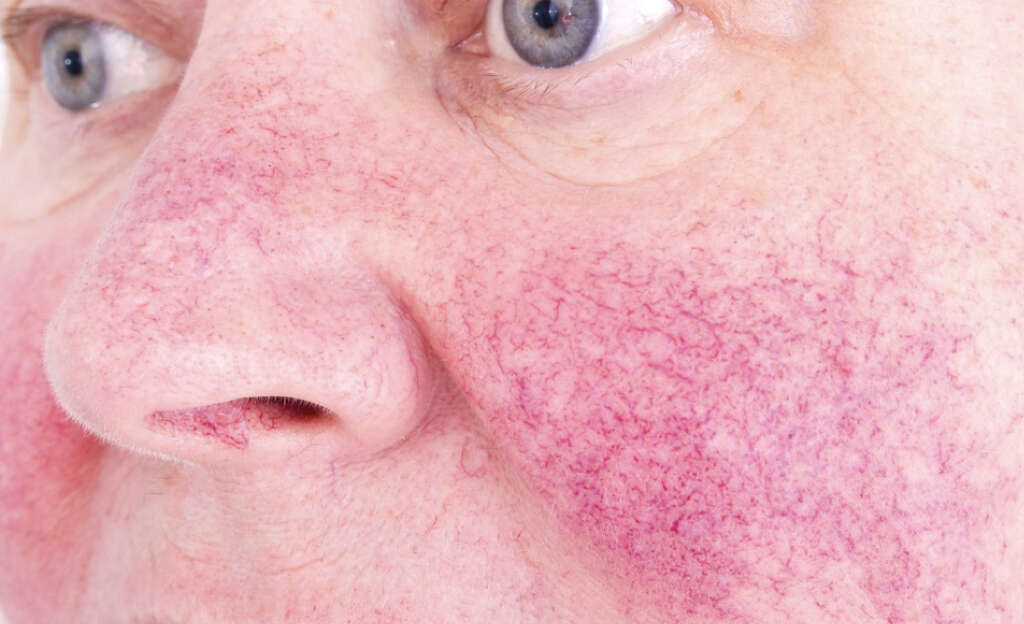
3. Thrombocytopenic Purpura
One variety of purpura is thrombocytopenic purpura. This condition happens because there are fewer platelets than usual in the patient’s blood. This, in turn, means that the patient’s blood will not clot as well as it usually would do. When the blood does not clot, the patient is far more susceptible to bleeding.
The condition can occur in both adults and children. When it is found in children, it is usually females that have it. When it is found in adults, it is usually a male. Children are also more likely to develop the condition after suffering from other illnesses.
4. Thrombocytopenic Purpura Causes
There are various potential causes of the condition. As mentioned, it will sometimes be triggered by illnesses in children, including disease like chicken pox. The condition can also be caused by autoimmune conditions, one example of which is idiopathic thrombocytopenic purpura.
Some drugs can also cause reactions to platelets from the immune system, and other medications can also affect the patient’s body’s ability to clot its blood. Blood infections can also cause the condition, and the condition will also sometimes occur after a blood transfusion. Lupus is another potential cause, as it Hep C, HIV, and some other viral infections.

5. Nonthrombocytopenic Purpura?
There are two main types of purpura, one of which is nonthrombocytopenic purpura. This means that the patient has normal levels of platelets in their blood. This means that a lack of platelets in the blood will not be the cause of the symptoms, so it must be caused by something else instead.
There are two types of nonthrombocytopenic purpura. One of these is secondary or symptomatic, which is often caused by exposure to chemicals, drugs, or certain diseases. There is also primary or idiopathic nonthrombocytopenic purpura, which means that doctors are unable to identify the cause of the condition.
6. Causes Of Nonthrombocytopenic Purpura
Diseases that affect the body’s ability to clot blood are one of the main causes of nonthrombocytopenic purpura. It can also be caused by scurvy, which is a vitamin C deficiency that can cause the patient’s cells to fall apart. Some people also have weaker than usual blood vessels.
The condition can also sometimes be caused by an inflammation of the blood vessels. Telangiectasia is another potential cause, which is a condition that causes the connective tissues and skin to be more fragile than usual. Nonthrombocytopenic purpura can also be caused by Ehlers-Danlos syndrome, which also causes the patient’s connective tissues to be weaker than usual.
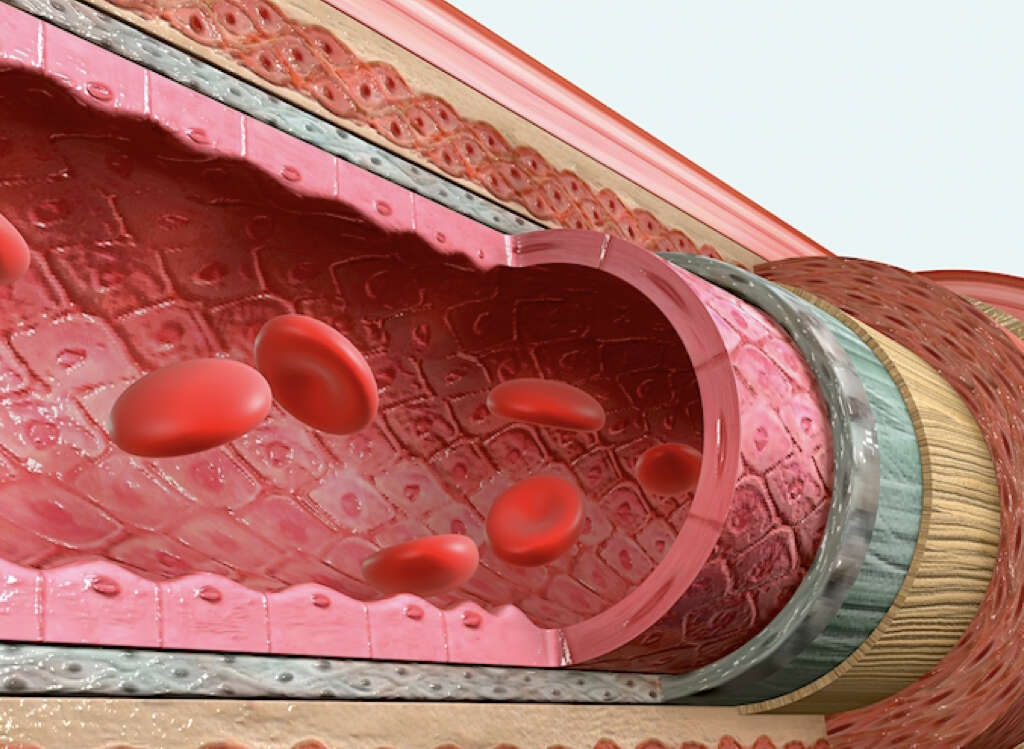
7. Diagnosis
Your doctor will first want to perform a brief physical exam, and also ask about the patient’s symptoms. The condition can often be diagnosed by a professional just by looking at the patient’s skin. However, tests will need to be performed to help identify the underlying cause of the condition.
The tests will typically involve talking blood samples for examination, and they will be examined for a count of platelet levels, among other things. A biopsy of the affected tissues may also be taken for further examination. Reaching a confirmed diagnosis is important when it comes to treating the condition.
8. Medication
In many cases, no treatment will be deemed necessary and the condition will likely pass naturally without any harm being done. When needed, however, medications can often be used to help cure the condition, depending on what the exact cause is. Corticosteroids are sometimes prescribed because they can help to increase the patient’s platelet count.
The patient might also be asked to stop using certain medication if it might be causing the condition. This includes medication that can thin the blood, aspirin, and ibuprofen. It may take some time for the treatment to take effect and for the symptoms to pass.
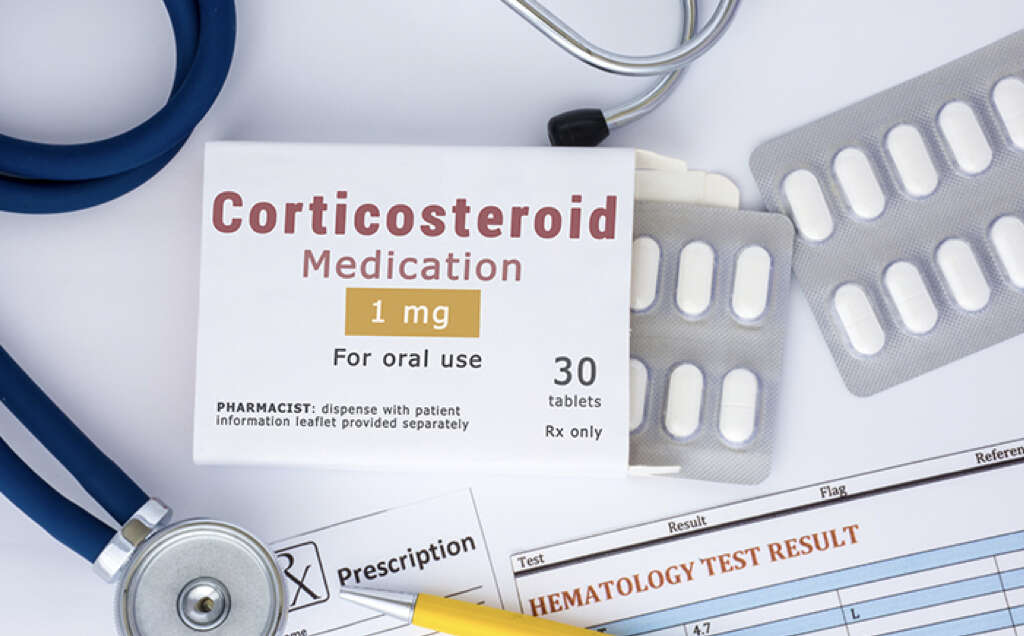
9. Splenectomy
If medication is not working then a splenectomy may be recommended, which involves the complete removal of the spleen. This is because one of the spleen’s functions is to destroy platelets, so removing the organ will likely increase the patient’s blood platelet count.
The spleen is not an essential organ and we can live fine without it. However, doctors will usually try and avoid invasive surgery where possible due to potential complications. Such complications include the risk of infection from the procedure. The patient will also lose permanently some of their ability to fight infections. There is also no guarantee that the procedure will even be effective.
10. Intravenous Immunoglobulin
Another potential treatment for purpura is intravenous immunoglobulin. It is a product made from blood, and is often used to treat people that are lacking in antibodies. It can also help to increase somebody’s platelet count, potentially helping purpura patients.
This procedure is only usually used if the patient is experiencing dangerous levels of bleeding. It is also sometimes used to increase a patient’s platelet count before they undergo surgery. This treatment is only a short term solution, however, and it can also cause some very unwelcome symptoms for the patient. These symptoms typically include a headache, a fever, and nausea.



